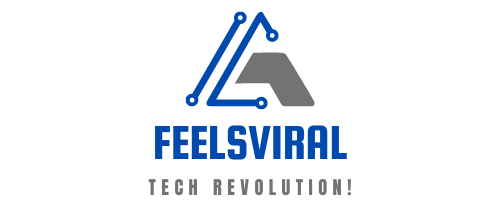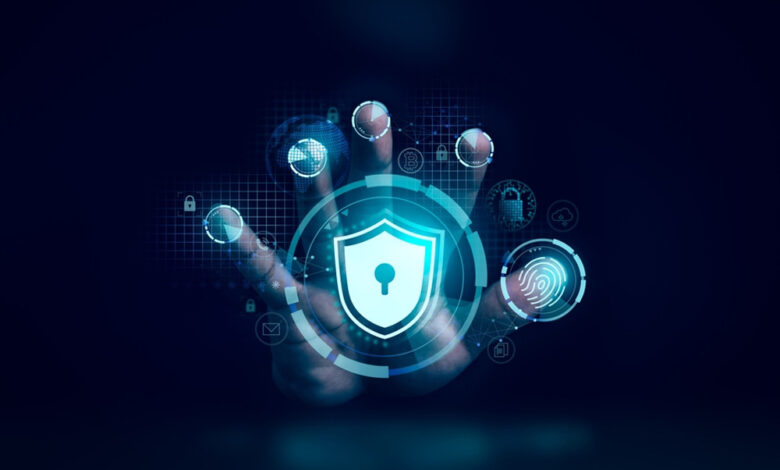Cyber threats are becoming increasingly sophisticated and prevalent, so it’s important to keep your network secure, both for businesses and individuals. As we enter 2024, cybersecurity is changing rapidly. This is because technology is improving and cyber threats are becoming more sophisticated. Here are the top cybersecurity solutions to keep your digital assets safe and your operations running smoothly in the year ahead.
1. Changing Nature of Threats
To keep up with the ever-changing threat landscape, cybersecurity solutions are constantly evolving. Cyberattacks are becoming more targeted, sophisticated, and ubiquitous. Attackers are using more advanced methods to gain access to networks and steal sensitive data. Ransomware, phishing, malware, and distributed denial-of-service (DDoS) attacks are all common threats. These threats are becoming more prevalent, which shows how important it is to take comprehensive, proactive security measures.
2. The Firewall of the Future
By 2024, next-generation firewalls (NGFW) will be the most advanced way to protect networks. NGFW is more advanced than traditional firewalls. They have features such as application awareness, intrusion prevention systems (IPS), and deep packet inspection. They can view very small amounts of network traffic, detect and block unwanted activity, and enforce security policies based on the content of the traffic. NGFW is necessary to protect the network from advanced threats and ensure that only legitimate traffic enters.
3. Zero Trust Architecture
Zero Trust Architecture (ZTA) is becoming increasingly popular as a fundamental approach to securing networks. A key idea behind the zero trust model is “never trust, always verify.” Therefore, every access request must be verified before it is granted, because threats can come from inside or outside the network. As part of this strategy, strict access controls, continuous monitoring, and segmentation are used to reduce the impact of a potential breach. Zero Trust helps make networks less vulnerable to attacks and prevents people from moving laterally within the network.
4. Endpoint Security
Endpoint security remains an important part of a cybersecurity plan. Endpoints such as laptops, smartphones, and tablets need to be protected as many people work from home and use mobile devices. Today, endpoint security solutions offer more advanced protection against malware, ransomware, and other threats. They typically include features such as data encryption, endpoint detection and response (EDR), and anti-virus software. Ensuring that all endpoints are protected and up to date is one way to prevent potential attacks and vulnerabilities.
5. Name and Password Management
Identity and access management (IAM) solutions are important for keeping network resources secure by ensuring that only authorized users can access them. The IAM system is responsible for the user’s identity, authentication, and permissions. They typically include features such as multi-factor authentication (MFA), single sign-on (SSO), and role-based access control (RBAC). By using an IAM solution, businesses can ensure that users are properly authenticated, restrict their access based on roles and responsibilities, and reduce the risk of unauthorized intrusion.
6. Security in the Cloud
As more businesses move to the cloud, it is important to keep cloud resources and data secure. Cloud security solutions address specific issues associated with cloud computing, such as keeping data secure, managing identities, and detecting threats. Common cloud security tools include encryption services, cloud access security brokers (CASB), and cloud-native security solutions that allow you to view and manage cloud resources. It is important to ensure that cloud environments are properly protected to prevent data breaches and ensure regulatory compliance.
7. Segment the Network
Network segmentation is the process of dividing a network into smaller, independent parts so that traffic can be managed more securely and easily. By dividing the network into segments, businesses can limit the damage of a breach, making it harder to attack and keeping threats contained within those segments. For example, less secure parts of the network can be kept away from sensitive data and critical systems. By using network segmentation, you can make your network more secure and easier to manage.
Conclusion
As 2024 draws to a close, strong cybersecurity solutions are more important than ever. Because threats are constantly evolving, you need a complete security plan that includes next-generation firewalls, zero-trust architecture, endpoint protection, SIEM systems, IAM solutions, cloud security, network segmentation, advanced threat detection, and regular security audits. To protect against cyber threats, it is also important to ensure that all employees are aware of security issues. By implementing these essential cybersecurity solutions, businesses can protect their digital assets, keep their business running, and stay ahead of emerging threats in the ever-evolving world of cybersecurity.
FAQs
1. What is a cybersecurity solution? Why are they so important?
There are tools and methods available to protect your network from cyber threats, unauthorized access, and data breaches. They are necessary because they help keep private information safe, ensure data integrity, and keep IT systems running smoothly. An effective cybersecurity solution can prevent problems before they occur, prevent you from losing money, and ensure you comply with government regulations.
2. What is NGFW (Next Generation Firewall) and how is it different from other firewalls?
A next-generation firewall (NGFW) is a more advanced firewall that can do more than a regular firewall. Deep packet inspection, intrusion prevention system (IPS), and application awareness are some of the features of NGFW. NGFWs can analyze and control traffic in more detail, making them more protected against complex and advanced threats than traditional firewalls, which primarily filter traffic based on IP address and port.
3. How do you explain Zero Trust Architecture (ZTA)? Why is it important to stay safe online?
Zero Trust Architecture (ZTA) is a way of thinking about security that means nothing inside or outside the network can be trusted in isolation. Instead, every access request must be inspected before it is granted. ZTA makes things more secure by enforcing strict access controls, continuous monitoring, and segregated networks. By ensuring that every request is authenticated and verified, you reduce the risk of unauthorized access and the damage that a breach can cause.
4. What role does endpoint security play in protecting the entire network?
Endpoint security is the process of protecting laptops, smartphones, and tablets from cyber threats. It helps protect the entire network by ensuring that all endpoints are protected from malware, ransomware, and other malware. Antivirus software, endpoint detection and response (EDR), and data encryption are all examples of modern endpoint security solutions. By protecting endpoints, companies can keep their networks secure and prevent potential weaknesses from being exploited.
5. Information and event management (SIEM) is a subset of cybersecurity. What does it do?
Security information and event management (SIEM) systems collect and analyze log data from various sources within a network to make it easier to view and manage security events from one place. SIEM solutions use advanced analysis and correlation methods to detect unusual behavior, alert to potential security issues, and help respond to those issues. SIEM is important for detecting threats, monitoring them, and ensuring compliance because it helps companies identify and resolve security issues.




